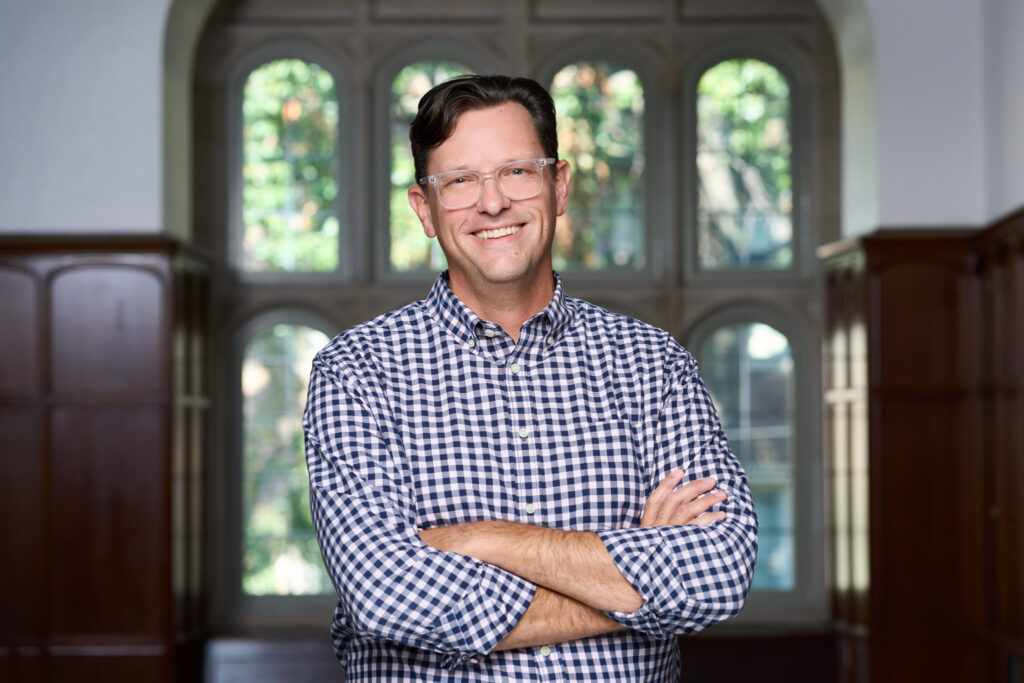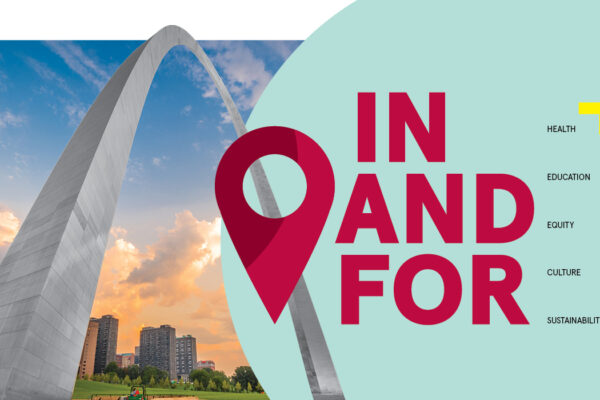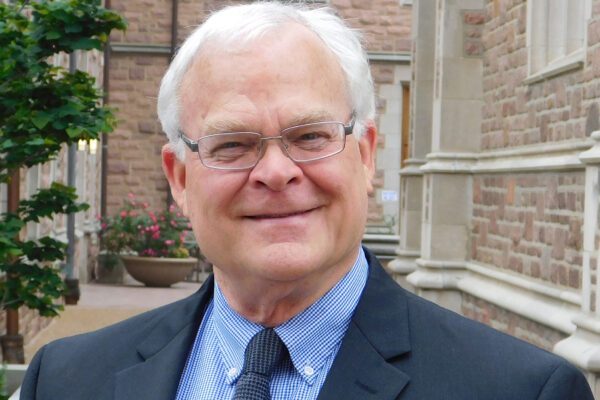The Brown School at Washington University in St. Louis is deepening its engagement with the St. Louis community through a new initiative that connects university expertise with residents, community organizations and industry partners.
The WashU Public Exchange joins a model first created five years ago at the University of Southern California (USC). The program’s goal is to co-create solutions to complex societal challenges while generating knowledge that benefits both local communities and the broader world. Organizers say this partnership lays the foundation for a national network linking researchers with community and industry partners to collaboratively address pressing social issues.

“The goal of this program is to serve as a convener, assembling expertise across our campuses to help partners in policy, industry and nonprofit fields, making academic expertise more easily accessible and maximizing our impact as an institution,” said Chris van Bergen, executive director of the initiative.
The WashU Public Exchange has been a core priority for Dorian Traube, the Neidorff Family and Centene Corporation Dean of the Brown School, who discussed its formation during her installation in February 2024. Traube came to WashU from USC, where she worked with the USC Public Exchange program and saw its impact firsthand.
The first WashU Public Exchange project, CLEAN STL (Contamination Level Evaluation and Analysis for Neighborhoods), focuses on environmental health in neighborhoods affected by a destructive tornado that struck St. Louis in May.
“At its heart, Public Exchange is about curating partnerships toward impact,” Traube said. “We bring together WashU’s best minds and ideas that can move the needle for St. Louis and beyond. It truly exemplifies how a university can partner authentically with its home city to turn research into actionable solutions.”
Faculty from four schools and the Center for the Environment are partnering with local organizations, including Better Family Life and Delmar Main Street, to test and analyze soil and air for contamination from debris and damaged homes. The CLEAN STL project builds on a model developed at USC, which helped Los Angeles neighborhoods assess soil after catastrophic wildfires.
“There are ongoing concerns about heavy metals and other contaminants dispersed into the air and deposited in the soil of the affected neighborhoods,” van Bergen said. “Residents worry about the health and safety of their backyards, and what will happen to air quality as damaged homes are demolished. This project is a clear example of how the expertise of WashU can have a tangible positive impact on the lives of St. Louisans while engaging them in important discussions about public health and science.”
WashU faculty involved in CLEAN STL include Sheretta T. Butler-Barnes, the Dean’s Distinguished Professorial Scholar at the Brown School; Matthew Bernstine, director of the Sam Fox School of Design & Visual Arts’ Office for Socially Engaged Practice; Jay Turner, the James McKelvey Professor of Engineering Education at the McKelvey School of Engineering; Jeffrey Catalano, a professor of earth, environmental and planetary sciences in Arts & Sciences; and the team at the Center for the Environment led by Dan Giammar, the Walter E. Browne Professor of Environmental Engineering at McKelvey Engineering.
Traube and van Bergen said the WashU Public Exchange is just getting started. Future projects could address wealth building, climate disaster preparedness, nutrition and early childhood education, leveraging conversations and collaborations across WashU and the broader St. Louis community.


